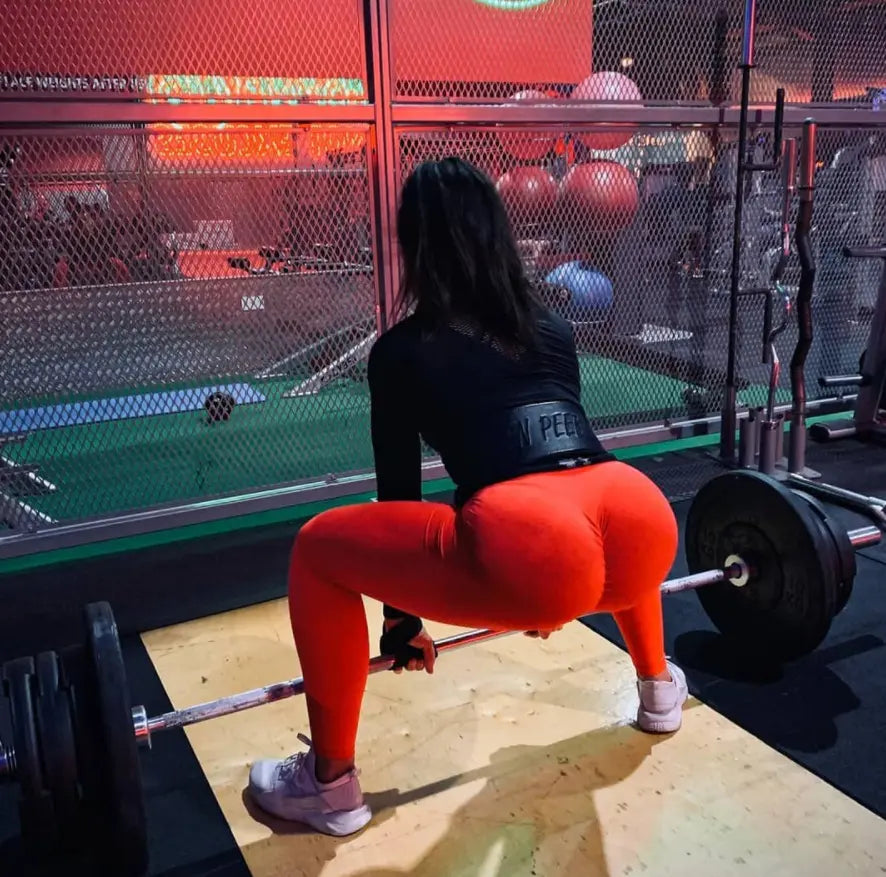
5 Proven Methods to Increase Your Deadlift
Deadlifts are one of the most foundational exercises a person can add to his or her workout routine.
After all, the deadlift is one of three movements considered The Big Three lifts, along with the squat and the bench press, and works many of your major muscle groups. And it’s likely that your deadlift weight will be the most weight you lift among your entire routine.

The deadlift also works most of your leg muscles, and all of your posterior chain, including your lats and traps. With all that in mind, the deadlift is one of the most challenging and intimidating exercises out there. As a result, many people find themselves getting stuck on the deadlift.
So whether you’re a newb that’s been lifting for four weeks, or a seasoned novice with years of experience under your weight belt, here are 5 proven methods for improving your deadlift.
1. Increase Your Volume
The first, and most obvious way to increase your deadlift is to increase the volume or frequency with which you deadlift. Weightlifting is a sport, and just like any other sport, if you want to improve at something, you’ll probably want to do it more often.

Think about it: if you were a quarterback, and wanted to perfect your throws, you’d probably spend as much time throwing with accuracy as you could. Weightlifting is no different. If you want to improve a specific lift, deadlifts included, you’ll have to do them more often.
Think about adding the deadlift onto another day in your weekly routine. For example, if you normally do deadlifts on back day, consider ending leg day with a few sets of deadlifts, or vice versa. Be sure to listen to your body, and don’t overtrain. If necessary, don't be afraid to use lighter weights.
2. Improve Your Grip Strength
It seems obvious, but many of us forget this simple point: you can only deadlift the amount of weight that your hands can hold. If you’re maxing out your lifts, and find your grip is slipping, grip weakness may be the weak point in your chain.
Improving your grip strength is relatively easy, but may take some time. While you’re working on your grip, you can continue improving your deadlifts by using a set of lifting straps or Power Grips.

3. Perfect Your Technique
Regardless of who you are or how long you’ve been lifting, there’s a good chance that your form isn’t perfect. Whether you’re just starting out lifting and don’t know how to maintain proper form, or you’ve developed a few bad habits over the years, you can probably benefit from reviewing the basics.
What this video by Mark Rippetoe of Starting Strength for tips on perfecting your deadlift form. It’s only 4 minutes long, but it’s packed with good information.
4. Get Frickin’ Jacked
The deadlift is tough. It’s likely the most weight you’ll ever lift in your life, and you’re trying to do it multiple times. As such, it’s normal to be intimidated, possibly even a bit scared. Any lifter that tells you he hasn’t felt a bit of fear when approaching the bar for a deadlift is either lying or a psychopath.
The best way to combat this dreadful feeling is to get pumped up prior to your lift. Blast your favourite workout song, scream like a madman, or think about something that makes you angry.

If your emotional state is anger or aggression, you’re much more likely to succeed in your deadlifts than if you’re feeling afraid. Don’t be afraid to look a little crazy either, as we’ve all done it.
5. Use a belt
You’ve probably seen a lot of people walking around the gym wearing a weight belt, and for good reason: they work. Not only can a weight belt help protect the muscles in your lower back, they also increase the amount of intra-abdominal pressure when squatting or deadlifting, effectively allowing you to lift more.
Intra-abdominal pressure is the pressure inside of your abdomen, which helps to stabilize the spine, keeping it in a neutral position while you perform the lift. Intra-abdominal pressure is essential to a powerful deadlift, and using the proper weightlifting belt can help increase your IAP.

6. Bonus Round
Another great way to improve your deadlifts, which often goes overlooked, is to work deadlift variations. Consider throwing in Romanian Deadlifts, Deficit Deadlifts, Sumo Deadlifts or even Straight Legged Deadlifts. These will all work the same muscle groups as the traditional deadlift, but is enough of a change that they will force your body to adapt and grow.
While deadlifts can be intimidating, with proper training they’re a valuable addition to any workout routine. We hope these tips will help you improve your deadlifts, and keep you free of injuries.
Check out of range of belts, whether it's Olympic or Powerlifting, we've got your back!





